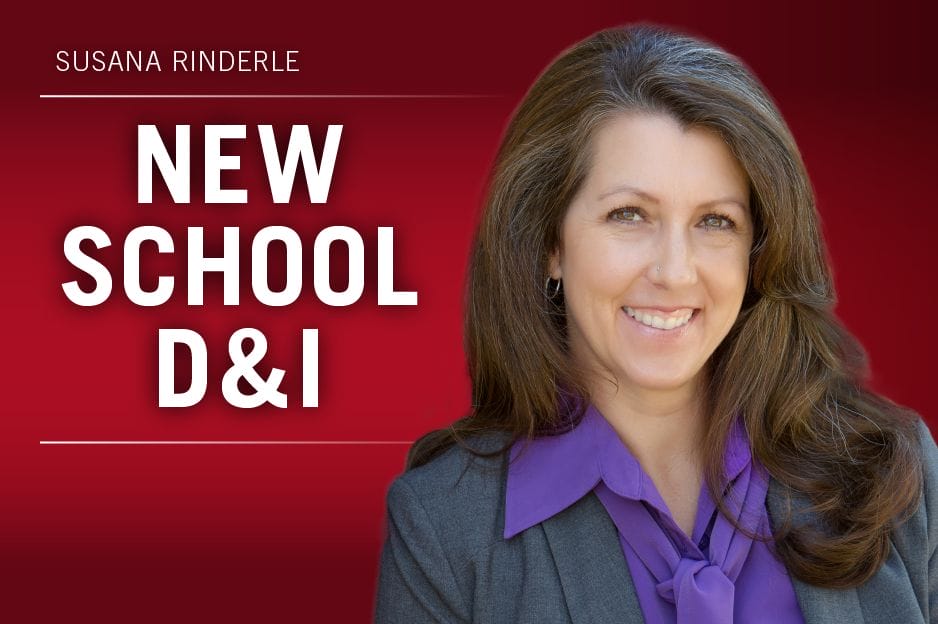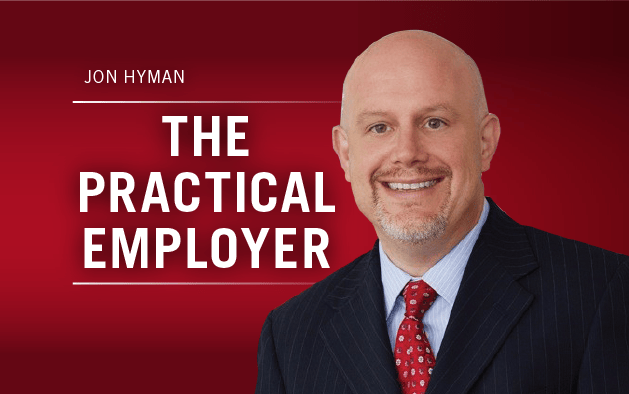I was on the phone with one of my favorite colleagues debriefing a recent client engagement.
We’d done a series of focus groups for an organizational assessment and we’d gotten some fantastic data and comments.
“They’re such a great client!” my colleague exclaimed. I enthusiastically agreed.
That exchange got me thinking about great clients. What makes them “great” to work with? And what are the consequences when a client isn’t “great”?
Consultants are here to serve clients, yet we are most effective when clients help us help them. Being a “great client” doesn’t just matter when working with diversity consultants — it matters in engaging any external partner for leadership development, organizational strategy or change management. However, sometimes those leaders engaging diversity and inclusion consultants are less experienced in how to work with external professionals.
What makes clients great to work with — and more successful afterwards as a result — are the following three behaviors:
Trust the consultant. Clients who are unable or unwilling to be fully transparent inhibit the consultant’s ability to serve them and do an excellent job. Even pre-contract intake conversations are confidential, and an ethical consultant will ensure their client’s data, documents and personal disclosures are kept private. If you’re wary, have the consultant sign a non-disclosure agreement, but just as full honesty with your physician is critical to receiving the best health care, full transparency with your D&I consultant is critical to properly diagnosing your problem and getting meaningful results. Avoid keeping secrets from your diversity consultant even if they portray your organization in a less-than-flattering light.
Work at least as hard as the consultant. The consultant will eventually leave, and you will stay behind. Ultimately, you are the owner of the problem you have hired the consultant to help solve. Just as it’s up to you to follow your physician’s advice and change your behaviors to improve your health, you are responsible for implementing solutions and creating results that matter for your organization. Involve the right people in meetings with the consulting team, and enlist the right internal people to take on tasks. Follow up on action items by the agreed-upon deadlines. Communicate changes in priorities or key personnel to the consultant, as well as crises that arise during the project. Make it easy for the consultant to do their job well by executing critical functions they can’t, such as internal communications, scheduling and on-site logistics. It’s a waste of time, talent and budget to not ensure proper building access, fill focus groups, or brief stakeholders on the project goals.
Follow the consultant’s advice. Great clients hire excellent consultants because they need expertise they don’t have in-house. The fields of diversity and inclusion, organizational development, coaching and others require years of study and practice. When a consultant uses their expertise to provide recommendations, great clients often ask for clarification or provide necessary pushback. But just as a patient may not get good outcomes if they ignore a health practitioner’s advice, a client who does not heed their consultant’s expertise will not get the best results. Just as in health care, second opinions and questions are welcome, but great clients don’t waste their budget on consultants they plan to ignore or use as a scapegoat.
In short, great clients treat D&I consultants like healers, not magicians. Just like other types of healers, we partner with clients to understand their situation and context, diagnose the problem, co-create a treatment plan and provide support. We can’t do the work for the client just as the physician can’t heal the patient. The patient’s body does that with the right intervention and support. We can’t wave a wand and make the problem vanish, and we cannot fix it for you. Great clients get it, which is one of the reasons they can be so successful after working with great consultants.












